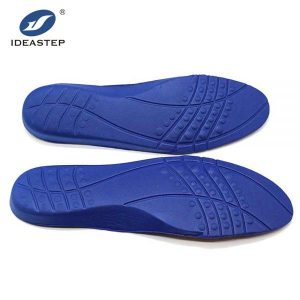
If you experience arch pain when standing or walking, there are several things you can do to alleviate the discomfort:
1. Rest and elevate your feet
Take breaks from prolonged standing or walking and elevate your feet to reduce inflammation and relieve pressure on the arches.
2. Ice therapy
Apply an ice pack or a frozen water bottle wrapped in a towel to the affected area for 15-20 minutes. Repeat this every few hours to help reduce swelling and numb any pain.
3. Stretching exercises
Perform gentle stretches that target the muscles of your feet, calves, and ankles. Some effective stretches include calf raises, toe curls, plantar fascia stretch (rolling a tennis ball under your foot), and Achilles tendon stretch.
4. Wear supportive footwear
Opt for shoes with proper arch support that provide cushioning and stability for your feet. Avoid high heels or flat shoes without adequate support as they can exacerbate arch pain.
5. Over-the-counter insoles
Consider using over-the-counter arch support insoles or inserts that provide extra cushioning and support specifically designed for relieving arch pain.
6. Nonsteroidal anti-inflammatory drugs (NSAIDs)
If approved by your healthcare professional, taking NSAIDs like ibuprofen may help reduce both pain and inflammation associated with arch discomfort.
7. Physical therapy
Consult with a physical therapist who can guide you through specific exercises targeting foot strength, flexibility, balance, gait correction techniques, as well as recommend appropriate shoe options.
8. Weight management
Maintaining a healthy weight reduces stress on the feet during weight-bearing activities such as standing or walking, which can alleviate some of the strain on the arches.
9. Consider orthotics
If conservative measures don’t provide sufficient relief from chronic or severe arch pain while standing or walking,
consult with a podiatrist who might suggest custom-made orthotic inserts tailored to address your specific foot structure.
In more severe cases, they may recommend a custom-made orthotic device.
It is important to note that if the pain persists or worsens despite these self-care measures, it’s advisable to consult with a healthcare professional for further evaluation and guidance tailored to your specific condition.
Here is a Comfort Pain Relief Shoes Inserts, click here to read more.
